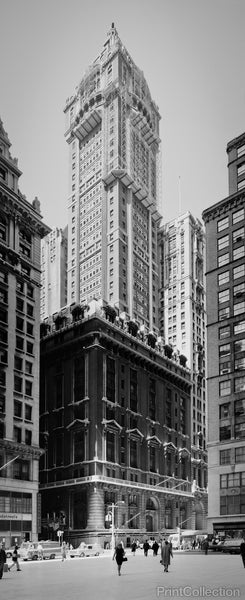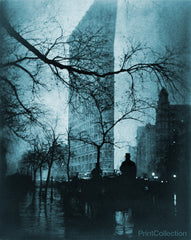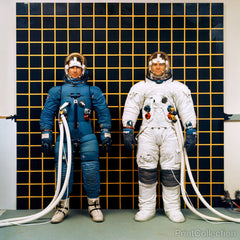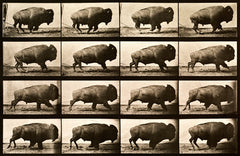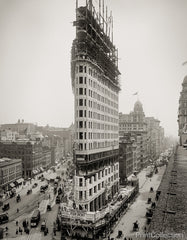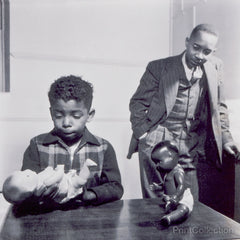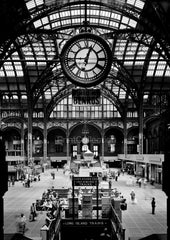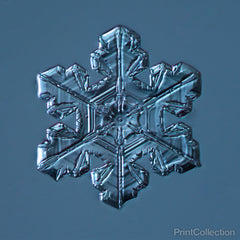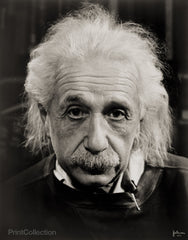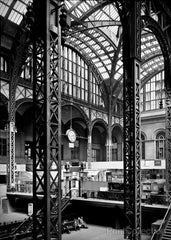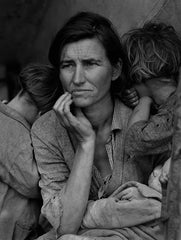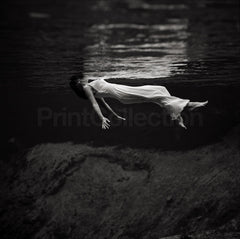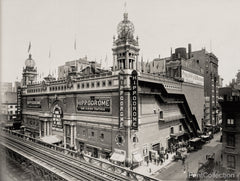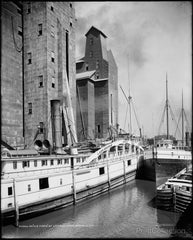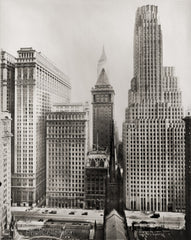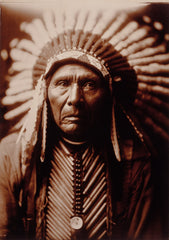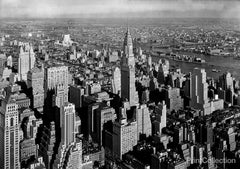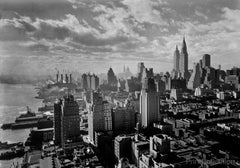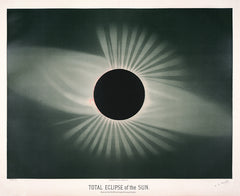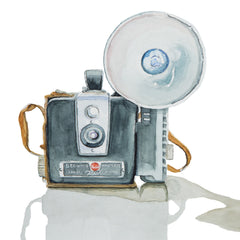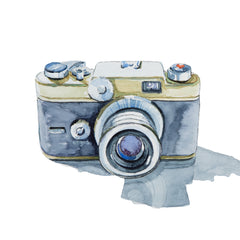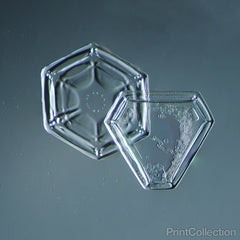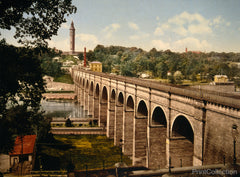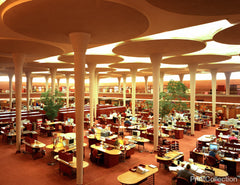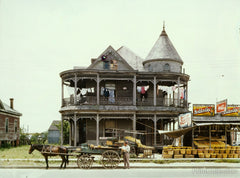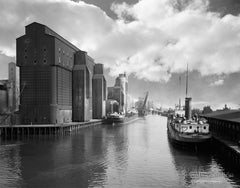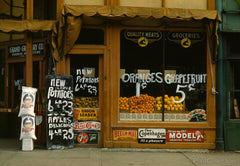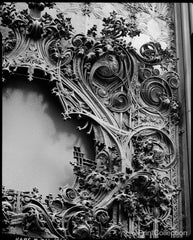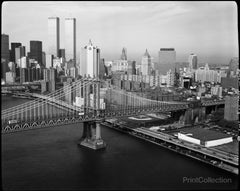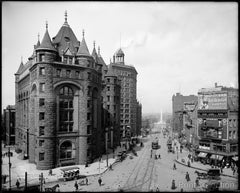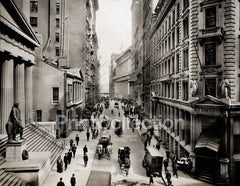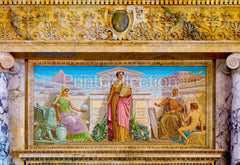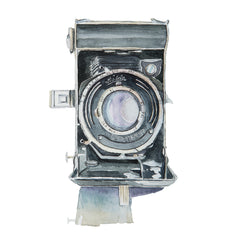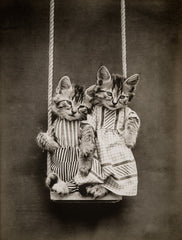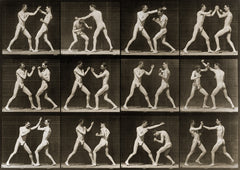Singer Tower, New York
Your custom Outdoor Throw Pillow with Insert is printed on two sides and made from 100% spun polyester poplin fabric, a high quality product that will look great in your home. This custom cut and hand sewn pillow is available in square and rectangle proportions to best fit your image. The included pillow insert is not removable.
Outdoor Pillow with Insert. No UV Properties - Waterproof and Mildew Proof.
Your custom Throw Pillow with Insert is printed on two sides and made from 100% spun polyester poplin fabric, a high quality product that will look great in your home. This custom cut and hand sewn pillow is available in square and rectangle proportions to best fit your image. The pillow is finished with a concealed zipper for easy care.
This product includes a pillow insert. Spot Clean Only.
Your custom Throw Pillow Cover is printed on two sides and made from 100% spun polyester poplin fabric, a high quality product that will look great in your home. This custom cut and hand sewn pillow is available in square and rectangle proportions to best fit your image. The pillow is finished with a concealed zipper for easy care.
This product does not include a pillow insert. Spot Clean Only.
View of the Singer Tower from the Southeast, 149 Broadway, New York, New York County, NY. Photographed by Jack Boucher on 5x7 film from 2 prints. This prints was digitally composed to create one frame of this tower. Formerly the tallest building in the world when it was constructed.
One of the outstanding works of architect Frank Flagg, the Singer Tower was for sixty years a familiar silhouette on the New York skyline. Ironically, the height of the building had established two records; in 1908 it became the tallest building ever constructed, and in 1967 it became the tallest building ever demolished. The lobby was renowned for its elegant marble and bronze decor. Perhaps most importantly, the tower exemplified Flagg's ideas on city planning, which were incorporated in part into the New York City zoning ordinances of 1916. In order to provide adequate air and light for all offices, Flagg envisioned a city of towers, in which the first five or six stories of every building would extend over the entire lot, but the upper stories would cover only one-quarter of the lots. The height of the tower would be limited only by structural considerations.


